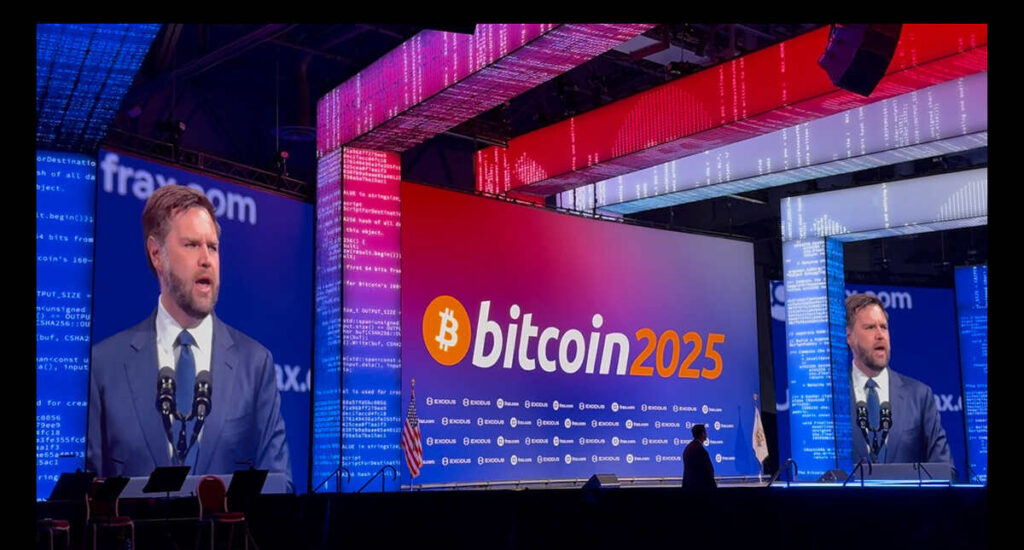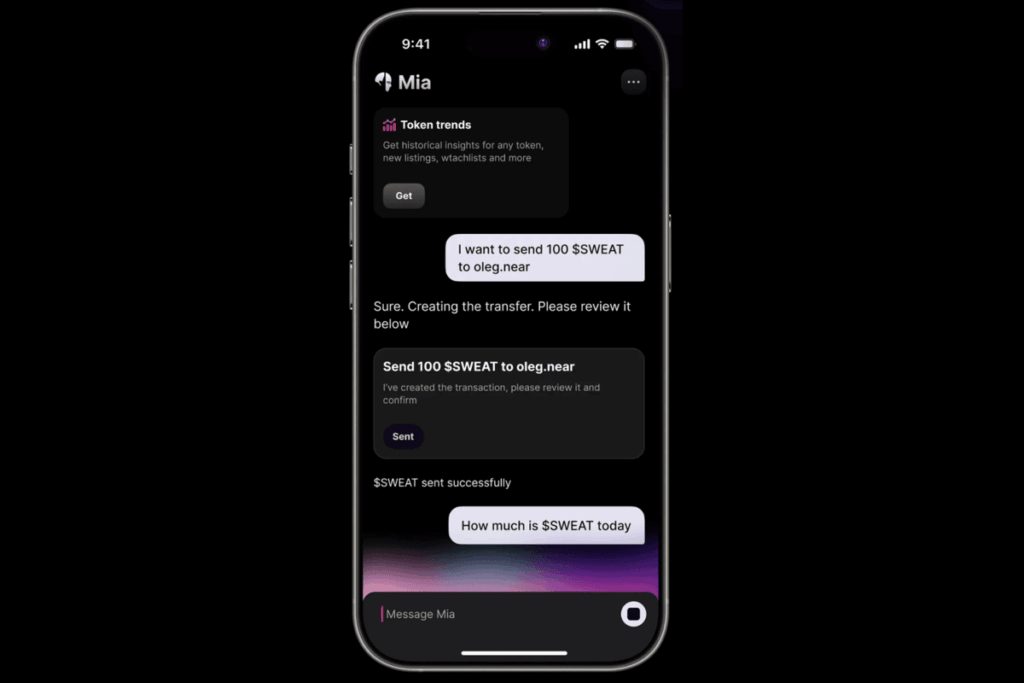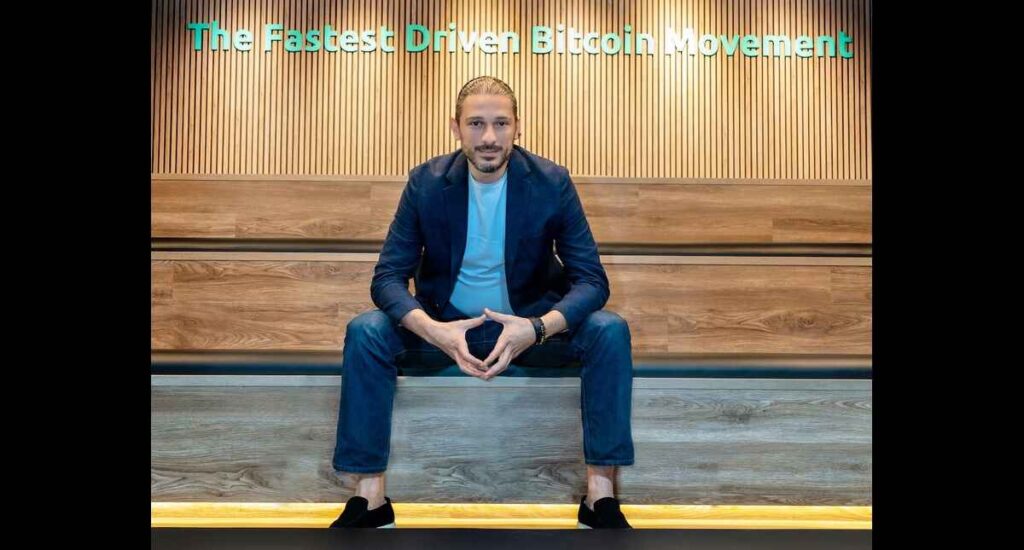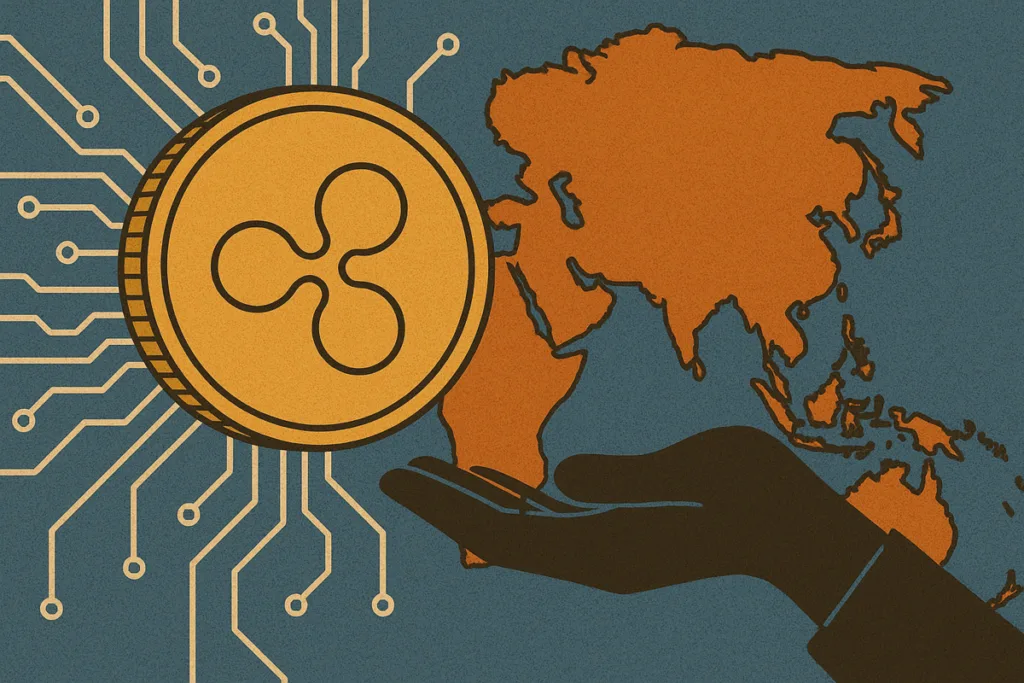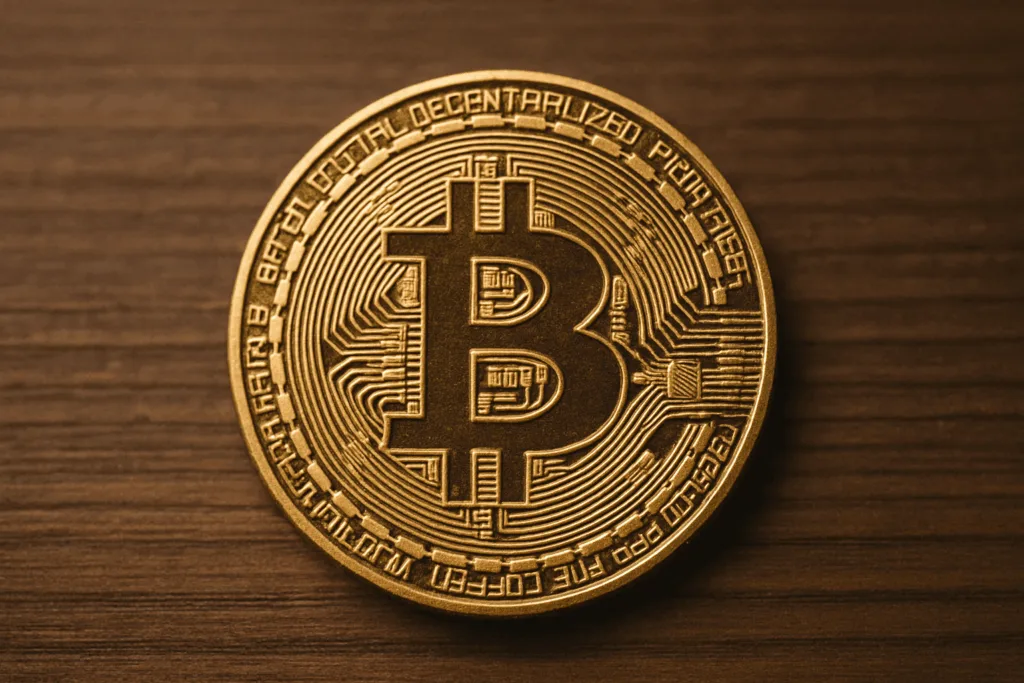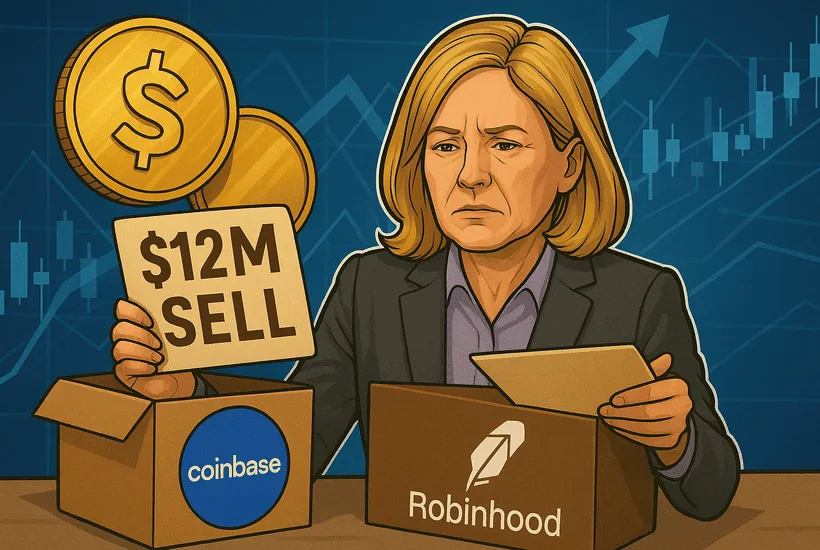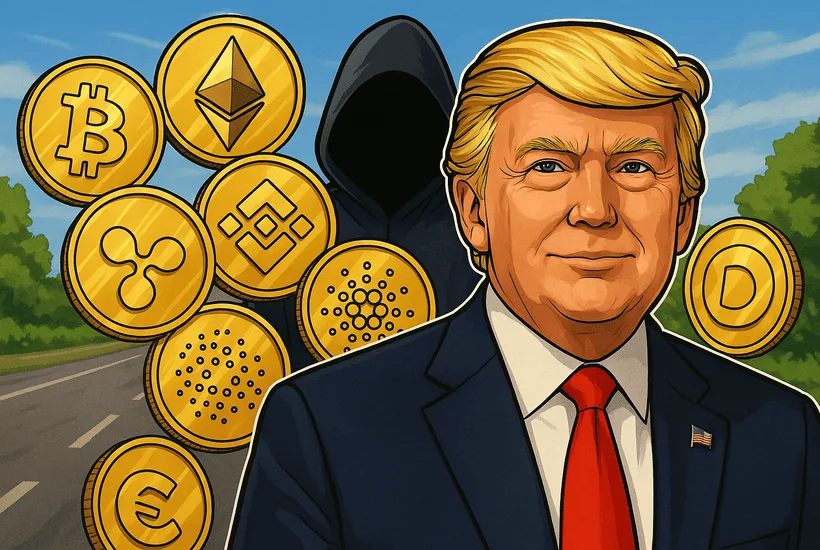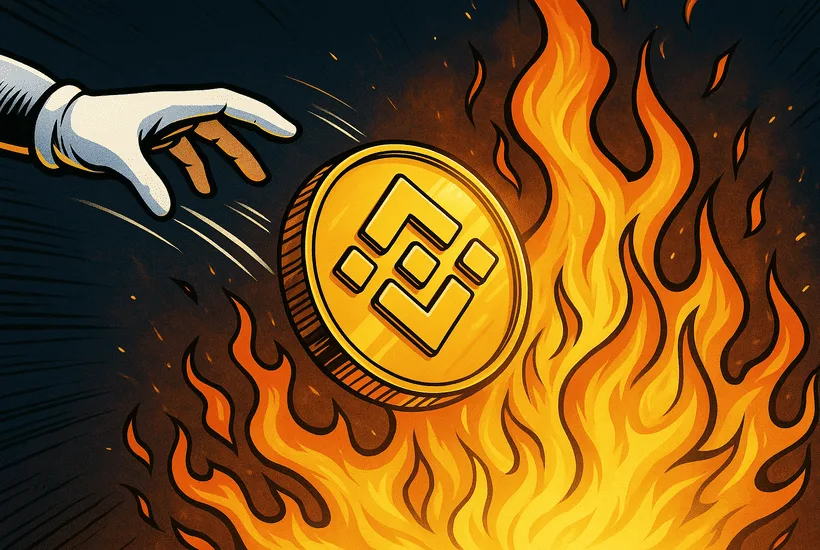Day2 at the Bitcoin Conference 2025, at the Venetian Casino and Hotel in Las Vegas, saw crowds queuing up as early as 5AM to catch the keynote address by U.S. Vice President JD Vance. When he came in over four hours later, the crowd was still full of energy giving him a rousing welcome.
Almost everything the U.S. VP said during his twenty minute long speech was cheered and applauded as he mounted attacks on the left, the Democrats, China, and even the ‘Communist AI tech community.’ Vance didn’t just come across as extremely bullish about crypto he also issued a rallying cry asking the crypto community to be involved in politics and to ensure that Bitcoin became a part of the Artificial Intelligence conversation.
Three cheers for clarity
Newsletter
Get weekly updates on the newest crypto stories, case studies and tips right in your mailbox.
It wasn’t the kind of speech that shook the foundations of the blockchain industry, but in the echo chamber of policy and perception, Vice President JD Vance delivered something perhaps more consequential: clarity. The White House is not just aware of Bitcoin — it’s driving it.
At Bitcoin 2025, over the first two days, the political messaging has been clearer than ever. It’s been a year since Donald Trump made headlines at the same conference, floating the idea of a U.S. Bitcoin reserve and becoming the first presidential candidate to address the global crypto faithful. If that moment was a declaration, Vance’s keynote was the treaty: the Trump-Vance administration is formally aligning itself with digital assets and tearing down what it calls “weaponized regulation.”
“Crypto is a hedge against bad policy making from Washington, no matter what party is in control,” Vance said. “I’m here today to say loud and clear with President Trump, crypto finally has a champion and an ally in the White House.”
Vance came to embrace and encourage
There were no fireworks, no surprise reserves or mining farms announced. But the message was designed to resonate with the audience which was an eclectic mix of entrepreneurs, technologists, and capital allocators. The idea was to affirm, and the crowd got what it came for: policy validation.
He broke the agenda into three parts, each representing a pivot from the approach taken during the Biden years. First, the war on crypto is over — or at least that’s how Vance framed it. “Our administration, we prioritize eliminating the rules, the red tape and lawfare that we saw aimed at crypto by our predecessors,” he said. “We’re ending the weaponization of federal regulations against this community.”
Then came the line that hit hardest with veterans of the space: “Operation Chokepoint 2.0 is dead and it’s not coming back under the Trump administration.”
That phrase — Operation Chokepoint 2.0 — has become shorthand for what many in the crypto industry view as a covert effort by federal regulators to starve crypto companies of access to banking infrastructure. Whether conspiracy or coordinated pressure, the impact has been real: banking partnerships severed, compliance uncertainty elevated, entrepreneurs driven overseas. But since January, Vance noted, banking regulators have rescinded the very guidance that had empowered that blockade.
Downplaying the crypto threat
Vance then took the conversation to stablecoins, long considered one of the crypto world’s most immediate use cases for mainstream adoption.
“In this administration, we do not think that stablecoins threaten the integrity of the U.S. dollar. Quite the opposite,” he said. “We view them as a force multiplier of our economic might.”
That may have sounded like a simple vote of confidence, but behind it lies a legislative storm. The GENIUS Act — a bill aiming to regulate stablecoins — has found unlikely momentum, with 15 Democrats crossing the aisle to support it in the Senate. The House remains an open question. Trump’s own crypto ventures have drawn scrutiny, creating optics some lawmakers are reluctant to embrace. But Vance sidestepped the conflict, focusing instead on what regulation could unlock.
“Dollar-pegged stablecoins, particularly once GENIUS is enacted, is only going to help the American economy,” Vance said. “And it’s only going to help the American dollar.”
The third pillar of the administration’s crypto approach is the much-debated “market structure” legislation, which would finally draw the lines between which digital assets fall under SEC versus CFTC jurisdiction. “We want our fellow Americans to know that crypto and digital assets, and particularly bitcoin, are part of the mainstream economy and are here to stay,” Vance said.
Getting the message right
Vance, never one to miss a beat, made sure to hammer home one name that has become a rallying cry in the crypto space: Gary Gensler.
“We fired Gary Gensler — and we’re going to fire everyone like him,” he said, in what may have been the moment the crowd reacted with the loudest cheers.
He also confirmed something that didn’t need to be said — but mattered nonetheless: he holds a “fair amount of bitcoin.” Once again it was an affirmation, this time a personal one, directed at a community that watches every statement from Washington with more and more optimism.
What was perhaps most striking was the vice president’s comfort. There was no hedging, no technocratic language, no forced familiarity. He joked about “juicing meme coins” but made no excuses for his agenda. Vance’s speech marked the institutionalization of a new political reality: Bitcoin is no longer an insurgent idea. It is now, unmistakably, a matter of U.S. strategy.
“We’re going to provide some tailwinds,” Vance said. “To one of the fastest growing industries.”
